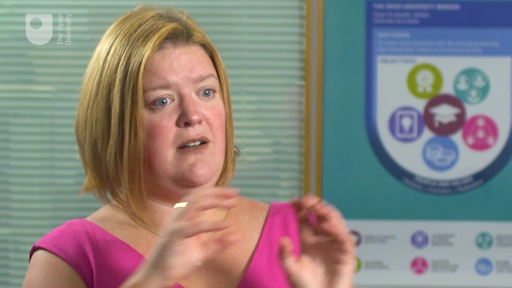3 Using STAR
When answering a competency-based interview question it is not enough to simply say you can do something purely because you have experience of doing it. Having experience does not necessarily mean you are competent at it and an answer which only provides examples of where you have used that skill is unlikely to convince a recruiter that you have the strengths they are looking for. Consider the following gambit:
‘I am a good team player and have had lots of experience working in teams in my recent job where I am part of a small team of bookkeepers. I also play football on a Saturday morning as part of Carlton Football team.’
If saying this is not enough, then what else do you need to add to convince the recruiter that you have what they are looking for in this regard?
What recruiters want to see in your answer is not what you did but how and why you did it this way. They want to see the process that you went through. It is this process, not the actual example that you choose, which informs them of what you would be likely to do next time if this situation occurred again.
The STAR approach (Figure 2) is often recommended as a way of structuring your answer to a competency-based question.
Listen to Rebecca Fielding from Gradconsult talking about how to use the STAR model.

Transcript
STAR stands for Situation, Task, Action, Result.
- The S and T in STAR introduce the time and place and set the context.
- The A is the main body of your answer and explains what you did, how you did it and why. The focus here is on what you did and not what your team did. This can be particularly tricky when answering a question which is focused on a team experience, but is even more crucial to a successful outcome.
- The R provides the conclusions of what you did or if the task did not go well, what you would do differently or learned from this. This, like the S and T, needs to be short and concise.
You can imagine the STAR answer looking like a particularly filling heavy sandwich (Figure 3) with the Action being the main interest of the piece.
You will now look at some examples of how not to use the STAR strategy.


